Tiny Welsh music festival added to hit video game
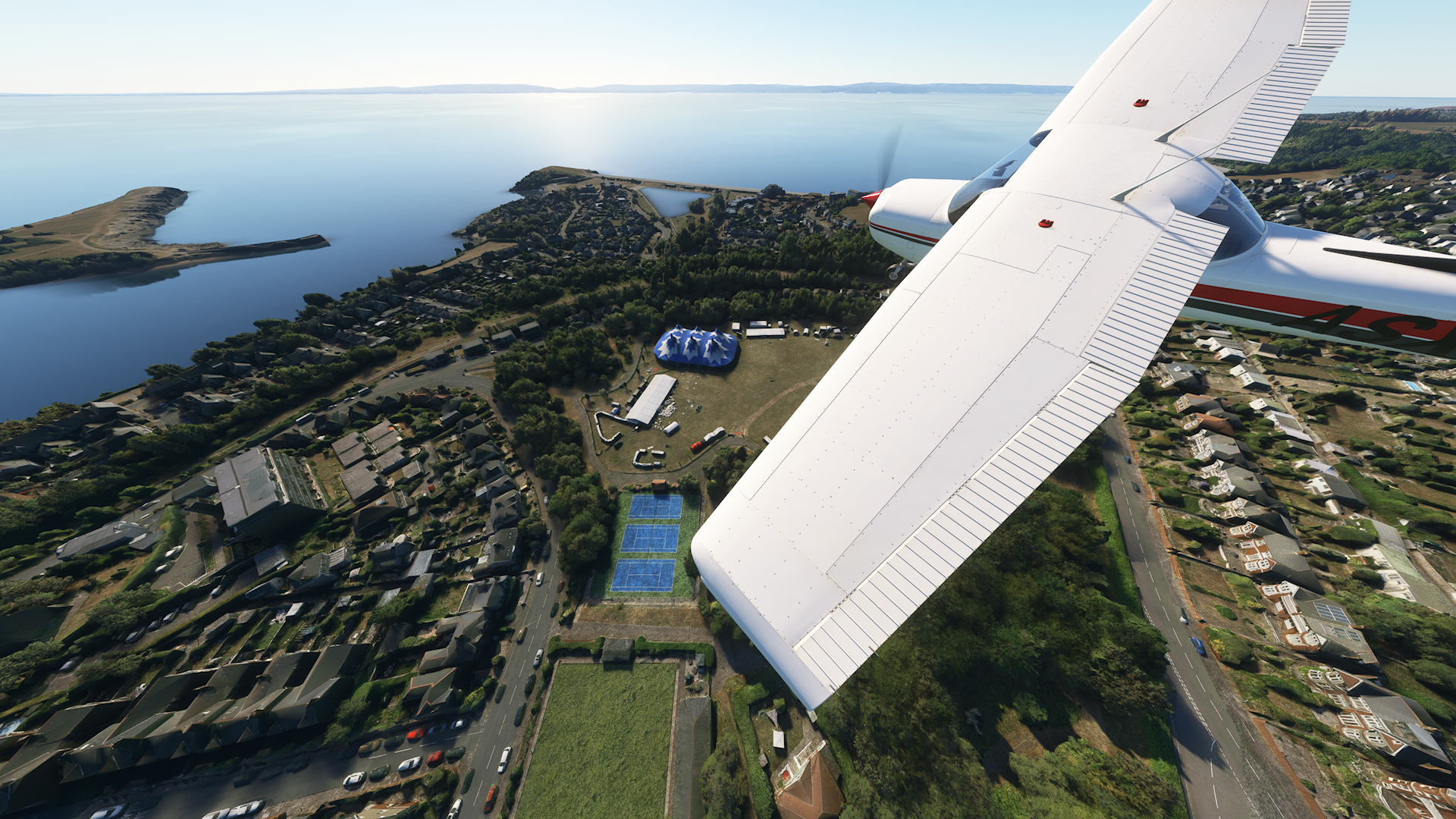
Glastonbarry has been added to Microsoft Flight Simulator
- Published
It may be much smaller than Glastonbury from which it takes its name, but it has hosted countless tribute acts, and is in the Welsh seaside town loved by fans of Gavin and Stacey.
Now the Glastonbarry festival has another high-flying claim to fame, thanks to the creators of the hit video game Microsoft Flight Simulator.
The familiar blue and white festival tent in Barry has been added to the sights seen from the sky by players in a recent update.
"It's fantastic," said festival director Matt Blumberg. "It's a bit of luck, us ending up in there but it's great for people to be able to go and explore."
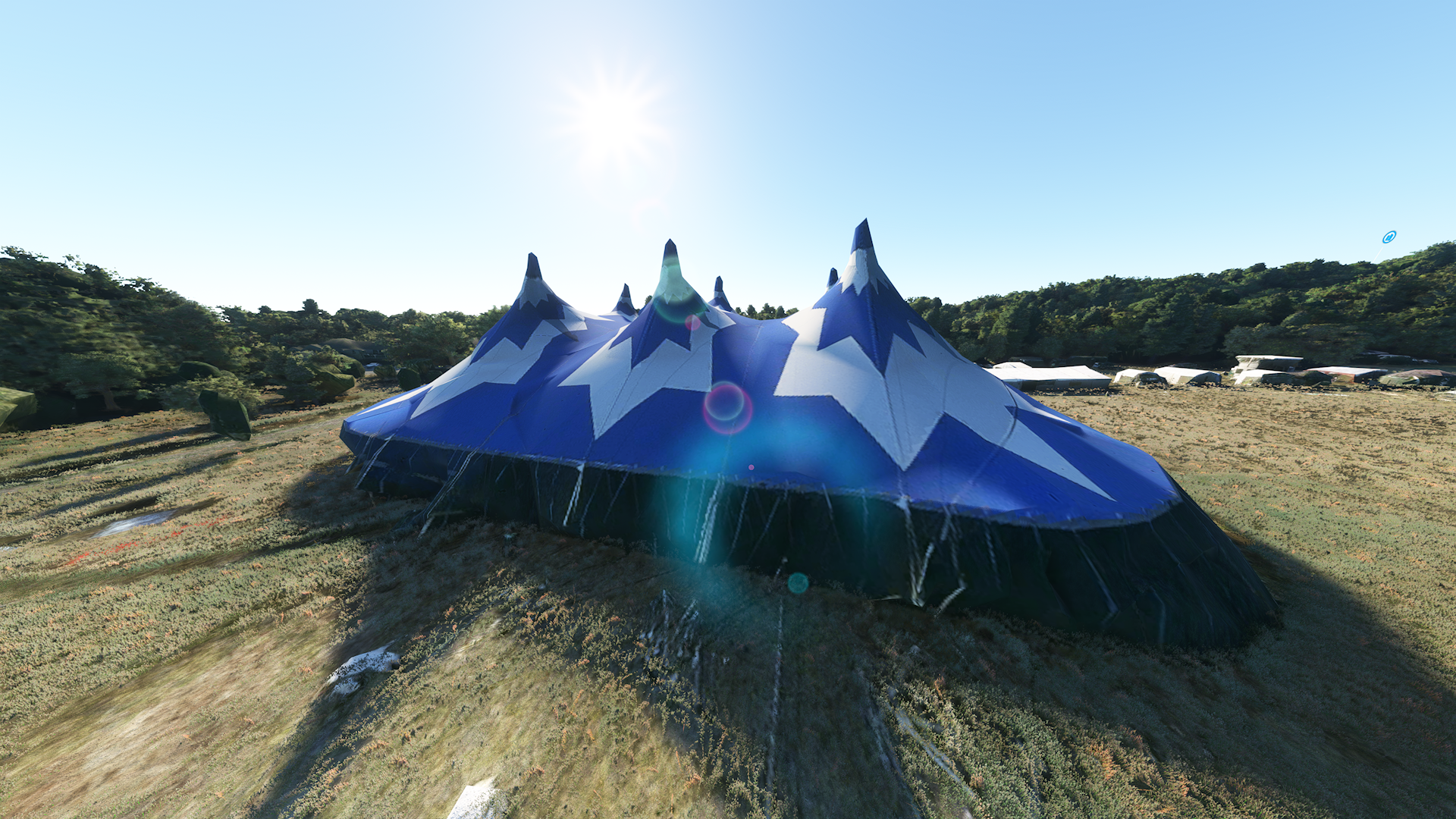
The Glastonbarry tent can now be seen in the game
Gamers use Animal Crossing and Pokémon for mental health
- Published19 October 2024
'I built a million-pound company in mum's house'
- Published25 August 2024
Gamer's career 'snowballed' after £10k MrBeast tip
- Published13 May 2024
The festival, with a maximum capacity of 7,000, began as a "silly idea" between two friends, and has been held in Romilly Park in the Vale of Glamorgan town since 2013.
Glastonbarry's line-up of tribute acts has paid homage to artists as varied as Abba, AC/DC, Harry Styles, Taylor Swift, Arctic Monkeys, Bon Jovi, and Eminem.
"It's good fun. We don't take ourselves too seriously," said Mr Blumberg.
"It is all tribute acts - some people turn their nose up at that, but it is what it says on the tin. It's a bit of a laugh, people dress up, they come and sing along to their favourite songs and it's a lovely atmosphere."
Glastonbarry 2025 will see a Tom Jones tribute headline on Saturday, with Queen topping the bill on Sunday.
"Something for everyone, really," he added.
"Some of them have been coming since the very first festival. A lot of the acts we use have come back year after year. They're just great."
It seems that Glastonbarry ended up in the game due to its appearance on Bing Maps, a Microsoft-owned map service where Microsoft Flight Simulator gets much of its data.
The game generates realistic terrain based on this map data. The result is an even more realistic version of several UK cities.
A recent map update seems to have occurred while the Glastonbarry tent was up for last July's festival. The festival then ended up in the game, with an even more realistic version of the site available as part of its world update system.
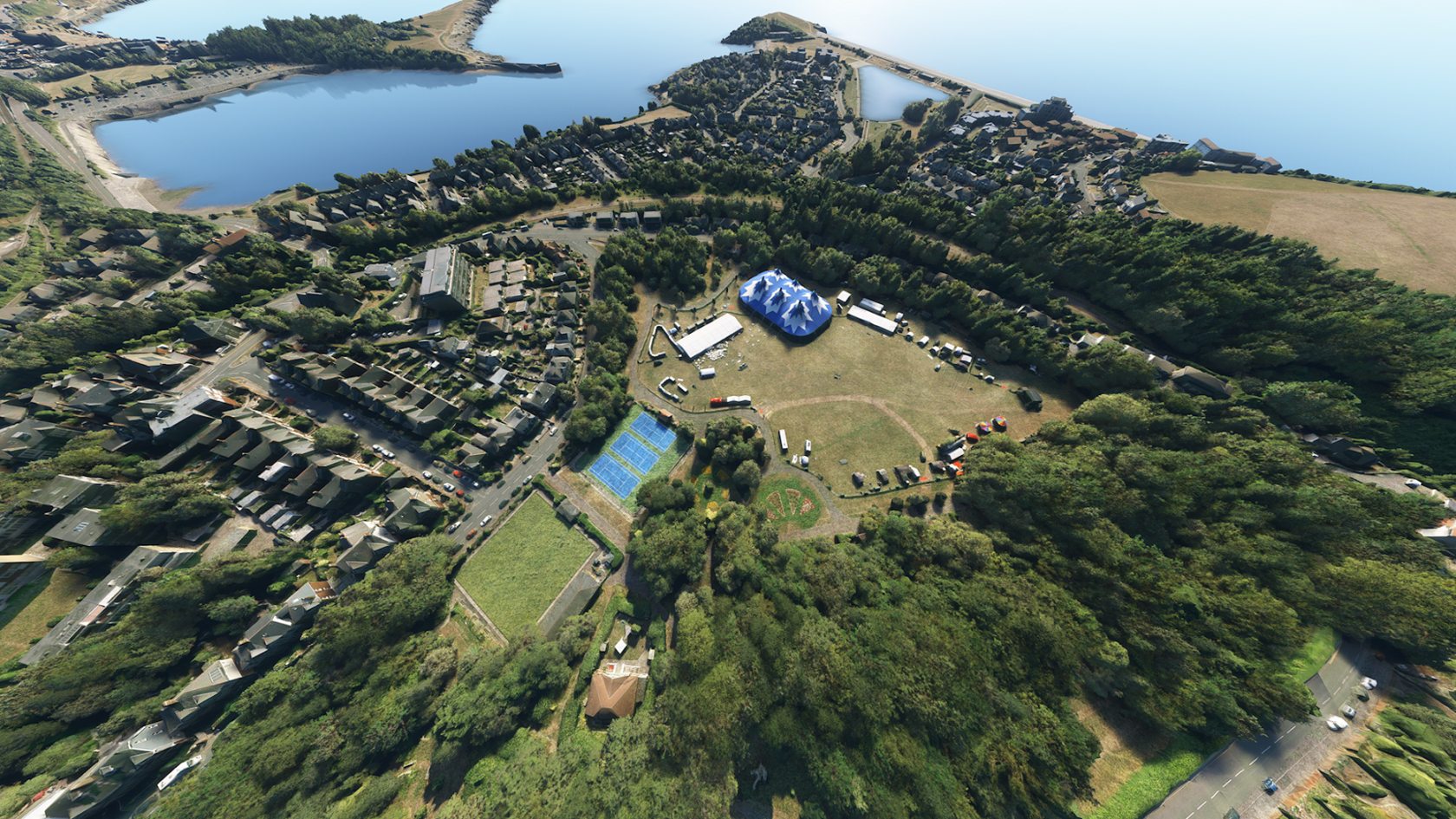
The Glastonbarry site at Romilly Park is easily spotted from the sky
World Update XVII: UK and Ireland, external also added a number of new Welsh points of Interest to the game - detailed locations which have been added specifically by the Microsoft Flight Simulator team to improve immersion.
"Microsoft Flight Simulator partnered with Bing Maps, Gaya Simulations, and iniBuilds to create this latest spectacular offering for aviators," said Microsoft in a statement accompanying the update.
What Welsh landmarks are in Microsoft Flight Simulator?
Cardiff Airport is one of five airports across the UK which have been added to the game.
Other Welsh landmarks added recently include Pembroke Castle, St Davids Cathedral, both in Pembrokeshire, and the Menai Suspension Bridge between Anglesey and the north Wales mainland.
This was in addition to the game's four existing Welsh points of interest - the Principality Stadium and Wales Millennium Centre, both in Cardiff, Caernarfon Castle in Gwynedd and Pontcysyllte Aqueduct, in Wrexham county.
Principality Stadium, Cardiff

Principality Stadium in Cardiff
Home to the national rugby team, the Principality Stadium in Cardiff is the largest stadium in Wales.
The 74,500 capacity stadium also hosts a variety of events and concerts, with Taylor Swift and Billy Joel recently playing the arena.
Wales Millennium Centre, Cardiff
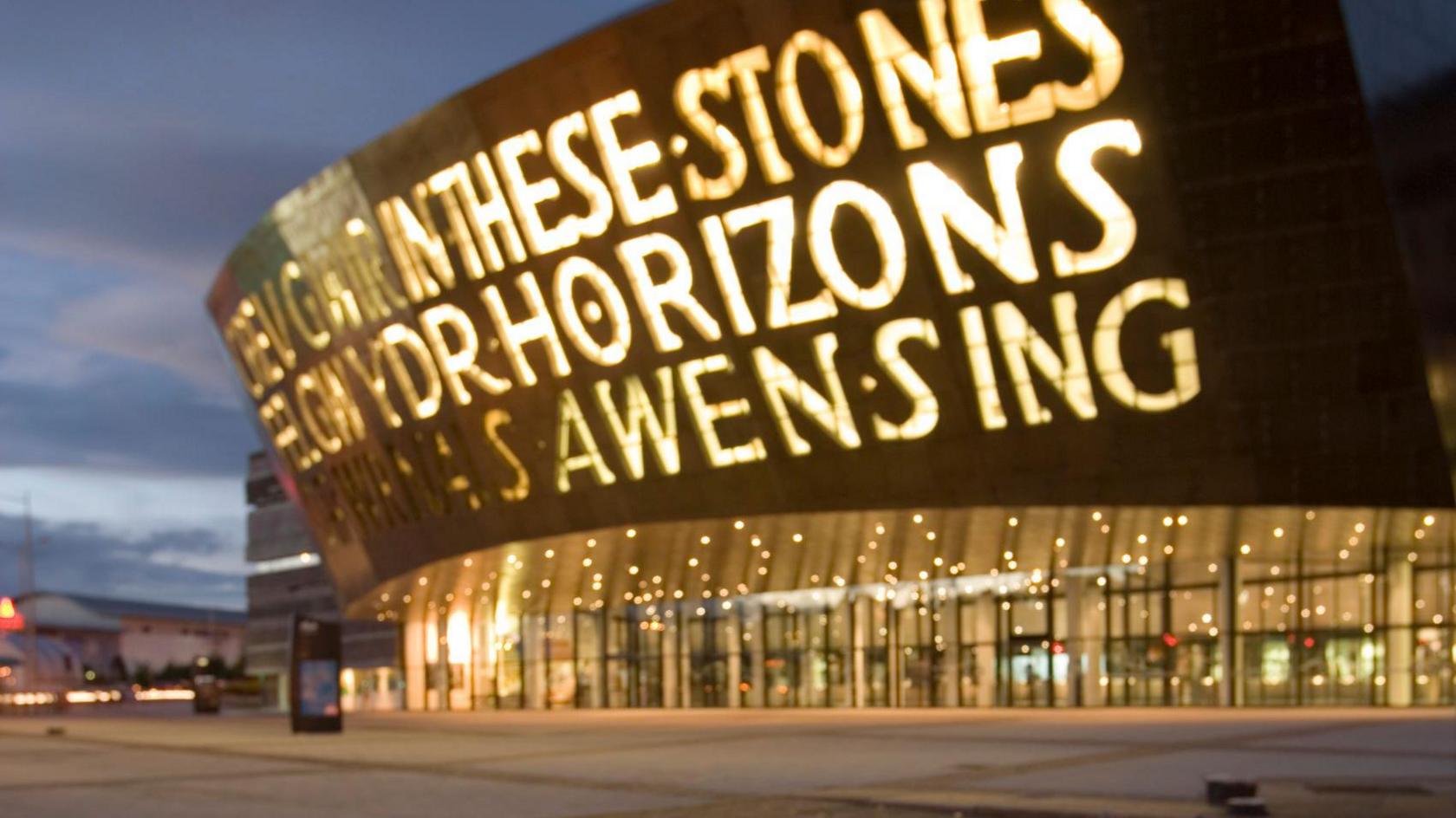
The Wales Millennium Centre in Cardiff Bay
The Wales Millenium Centre in Cardiff Bay opened in 2009 and is Wales' national arts centre.
The venue offers theatre, comedy, opera, ballet and musicals across a variety of stages, with its main performance space, the Donald Gordon Theatre, the second-largest stage in Europe.
Caernarfon Castle
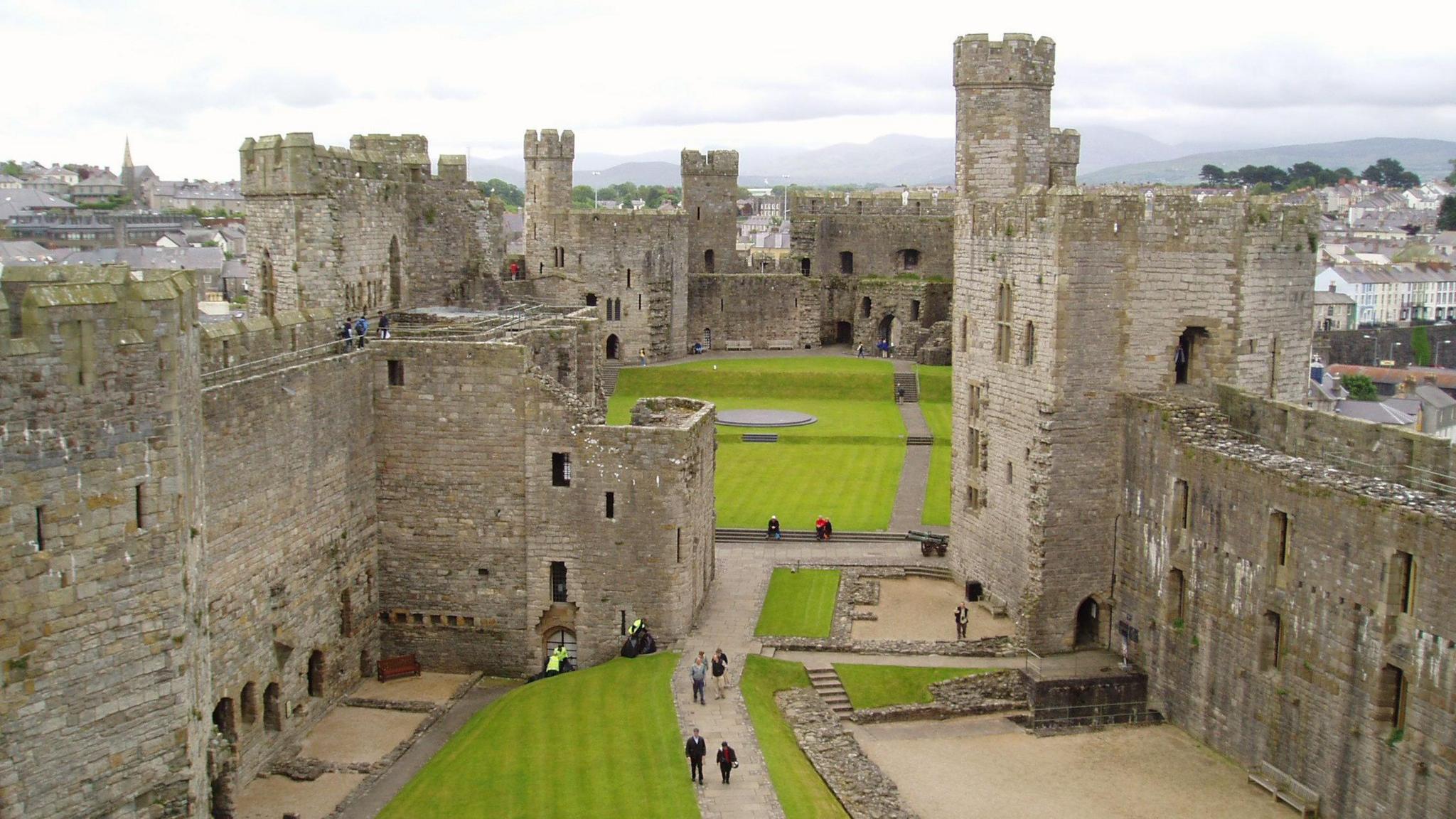
Caernarfon Castle was built in the late 11th Century
The first fortification at Caernarfon Castle was built in the late 11th century.
The medieval fortress and surrounding town were established by King Edward I of England, and the castle now houses the Royal Welch Fusiliers Museum.
Pontcysyllte Aqueduct, Wrexham
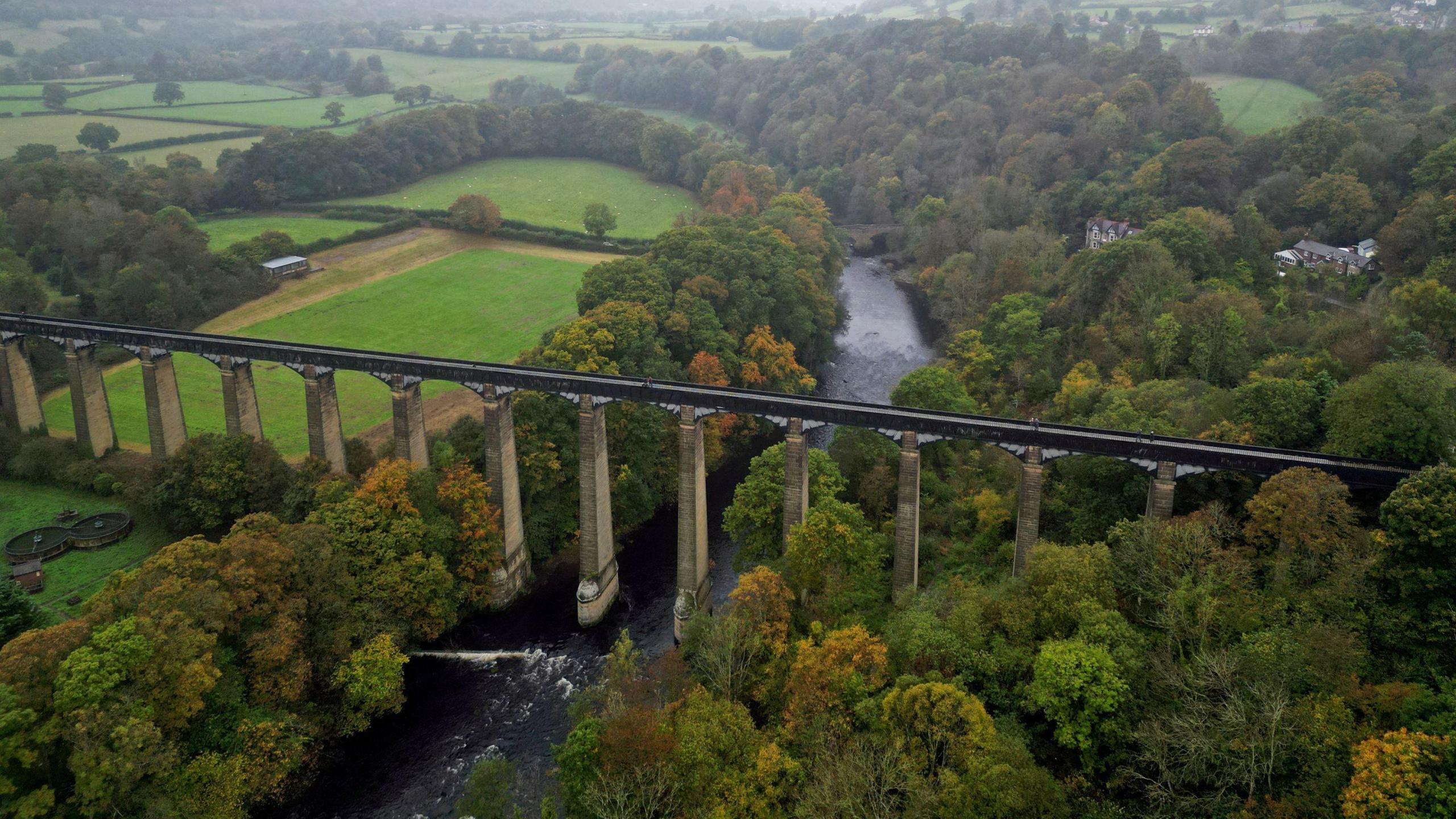
Pontcysyllte Aqueduct carries the Llangollen Canal across the River Dee
The Pontcysyllte Aqueduct is a navigable waterway that was completed in 1805.
The aqueduct carries the Llangollen Canal across the River Dee near Wrexham, and the 18-arched cast-iron and stone structure is used to this day by narrowboats.
Pembroke Castle, Pembrokeshire

Pembroke Castle underwent a major restoration in the 1980s
The first fortification at Pembroke Castle appeared in 1093.
It later became the seat of the Earl of Pembroke, and underwent a major restoration which began in 1928 thanks to Major-General Sir Ivor Philipps.
St Davids Cathedral

St Davids Cathedral was founded in 589 AD
St Davids Cathedral is in the UK's smallest city.
A monastic community founded in 589 AD by the patron saint of Wales, St David, the cathedral has since been restored and was rededicated by the Right Reverend Wyn Evans, Bishop of St Davids, on St Davids Day 2012.
Claerwen Dam, Elan Valley
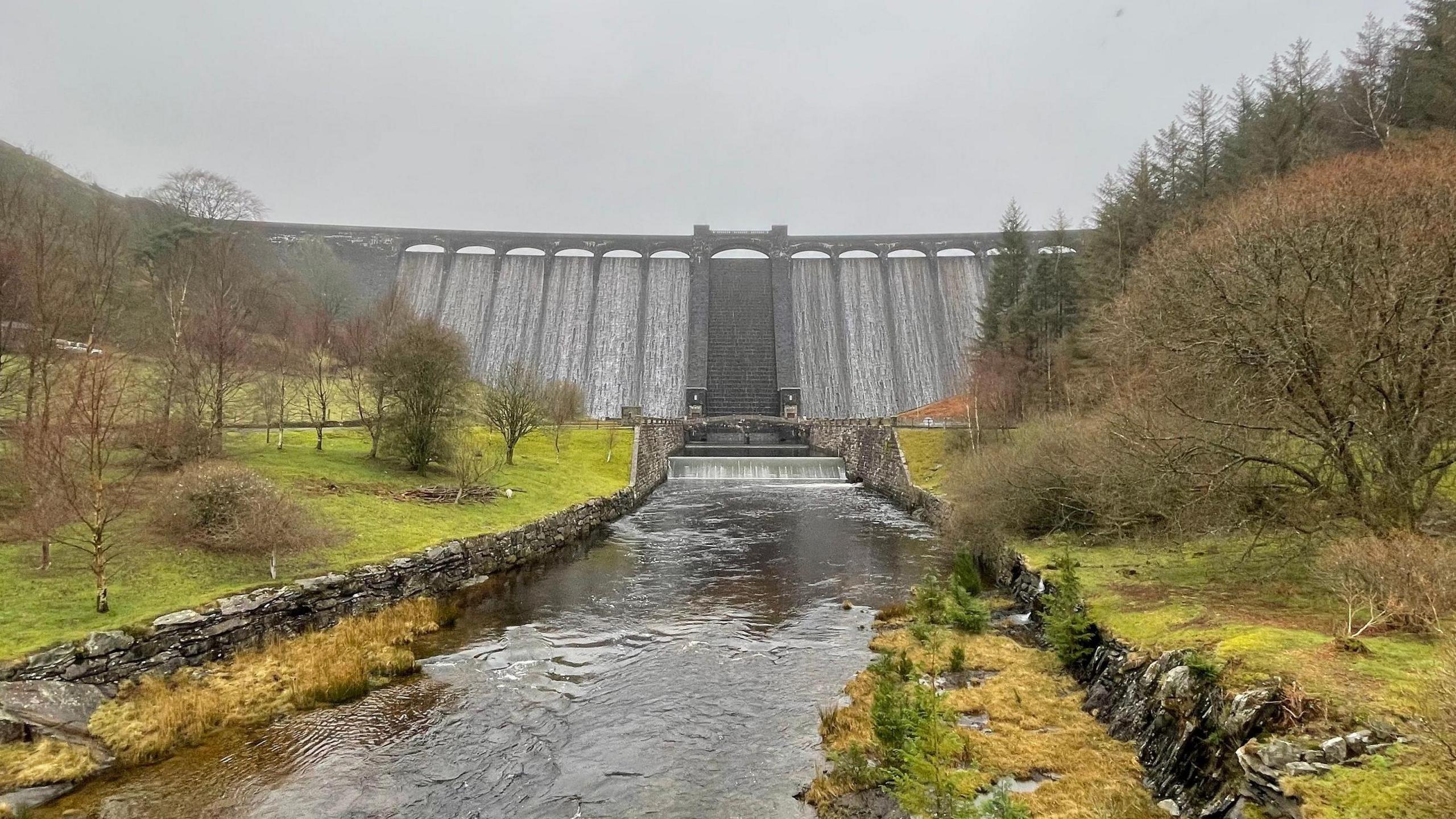
Claerwen Dam in Elan Valley was built in 1952
The Claerwen Dam was complete in 1952 - a gravity dam built on a solid rock foundation.
Found at the Claerwen Reservoir in Elan Valley, Powys, the dam is built mainly of concrete, with the exterior face dressed in stone.
Llyn Clywedog Dam, Llanidloes
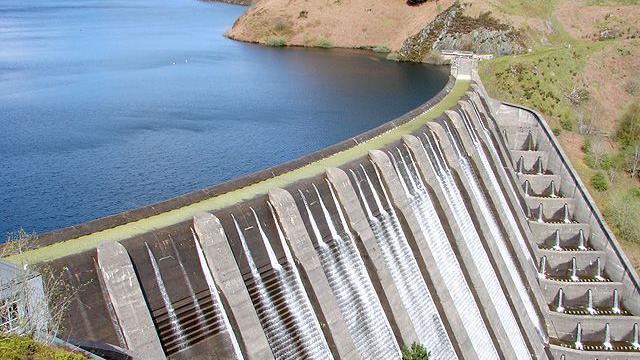
Llyn Clweddog Dam was built to create Llyn Clweddog lake in 1967
Found near Llanidloes, the Llyn Clywedog Dam was used to create a man-made reservoir.
It was created to regulate the flow of the River Severn by releasing water into the river channel during low flow periods, and was completed in 1967.
Powis Castle, Welshpool
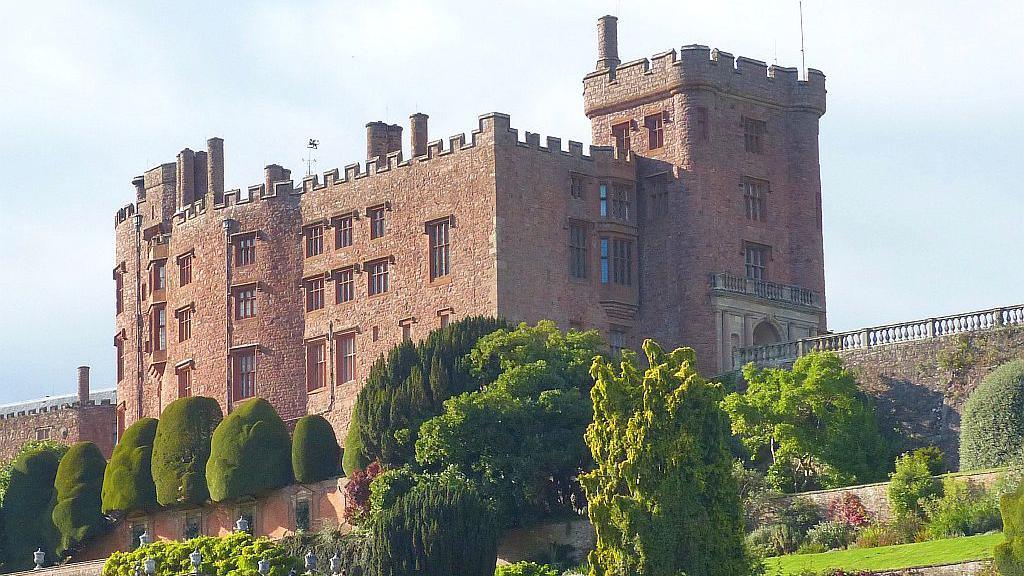
The current Powis Castle was built in the 13th century
Powis Castle is a medieval castle, fortress, and country house near Welshpool.
The first fortification at the site was built by the Welsh princes of Powys Wenwynwyn, with first references to the castle appearing in 1111. However, the present castle was built in the 13th century.
Barmouth Bridge
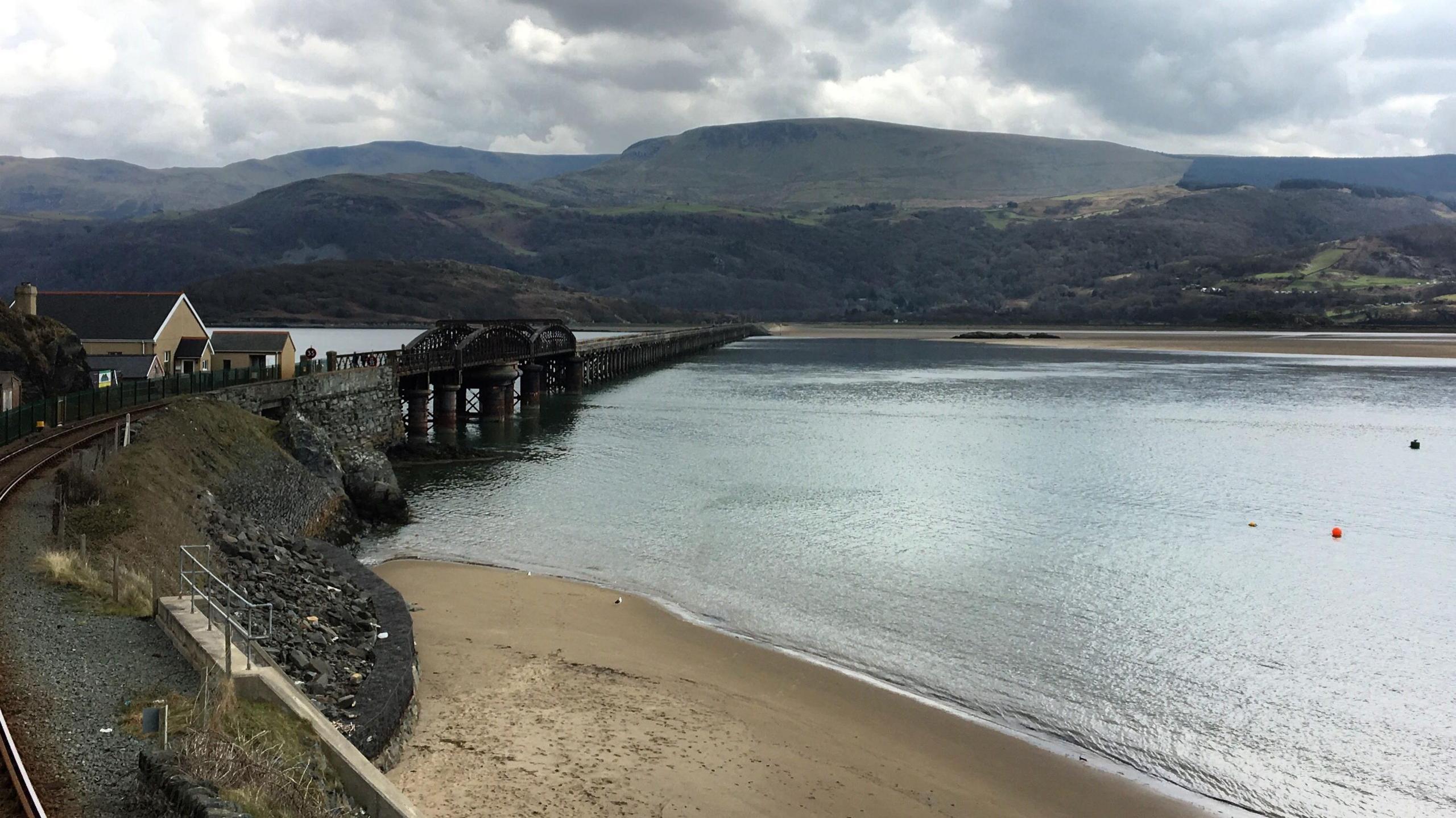
Barmouth Bridge was recently restored by Network Rail
Barmouth Bridge is a single-track wooden railway viaduct in the Gwynedd town.
The bridge originally opened in 1867 and was restored by Network Rail over several years from 2021, and fully re-opened on 2 December 2023.
The Vyrnwy Tower, Powys
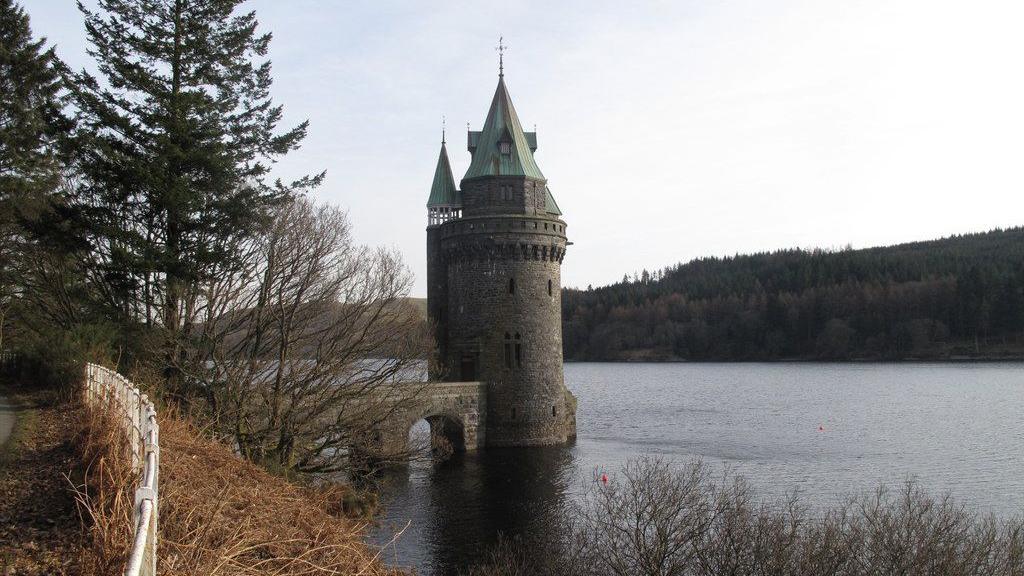
The Vyrnwy tower is used to supply water to Liverpool
The Vyrnwy Tower was completed in 1892 and was built to extract water from Lake Vyrnwy.
Found near Llanwddyn in Powys, the eye-catching straining tower provides a water supply to Liverpool.
The lake was built on the original site of the Welsh town, Llanwddyn.
Harlech Castle

A siege at Harlech Castle inspired the song Men of Harlech
Harlech Castle is built into a rocky knoll in the Gwynedd town.
It was built between 1282 and 1289 by Edward I during his invasion of Wales.
The castle played an important part in Welsh history over the years - falling to Owain Glyndwr in 1404, with a siege in 1468 memorialised in the song, Men of Harlech.
Menai Suspension Bridge, Anglesey

Menai Suspension Bridge connects Anglesey to mainland north Wales
The Menai Suspension Bridge spans the Menai Strait - connecting Anglesey to mainland Wales.
It was completed in 1826, and was the world's first major suspension bridge when it was opened.
Britannia Bridge, Anglesey
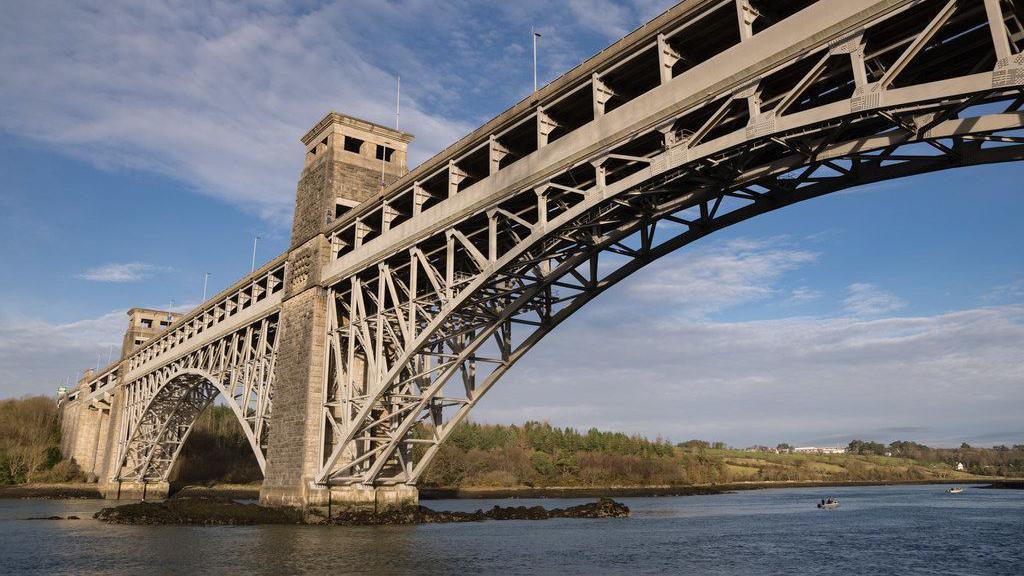
Britannia Bridge connects Anglesey to the city of Bangor
Also spanning the Menai Strait, Britannia Bridge connects Anglesey and Bangor.
It was designed and built by engineer Robert Stephenson, with he himself fitting the last rivet [and opening the bridge] on 5 March 1850.
- Published8 August 2024
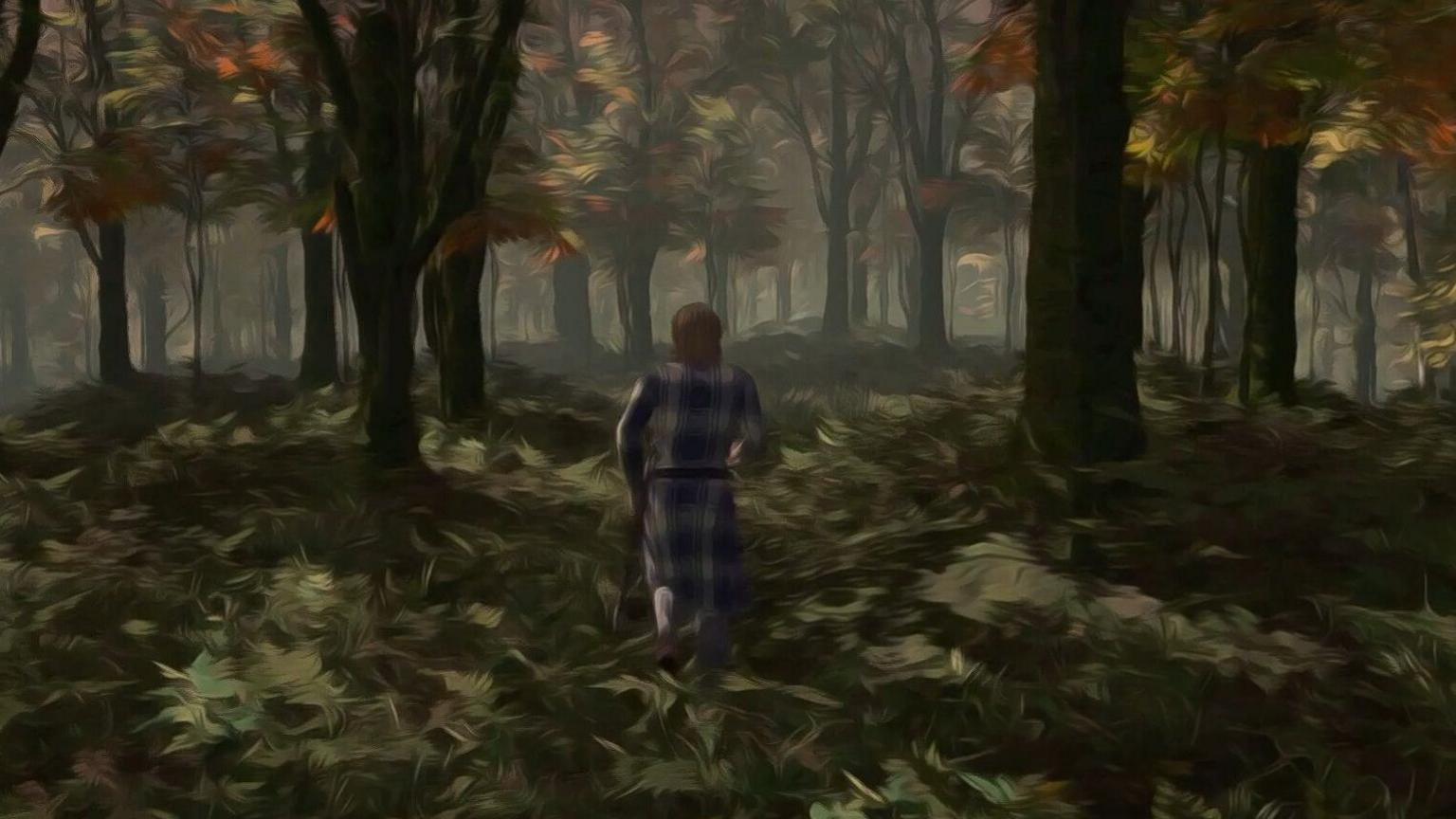
- Published1 May 2024

- Published22 August 2023
